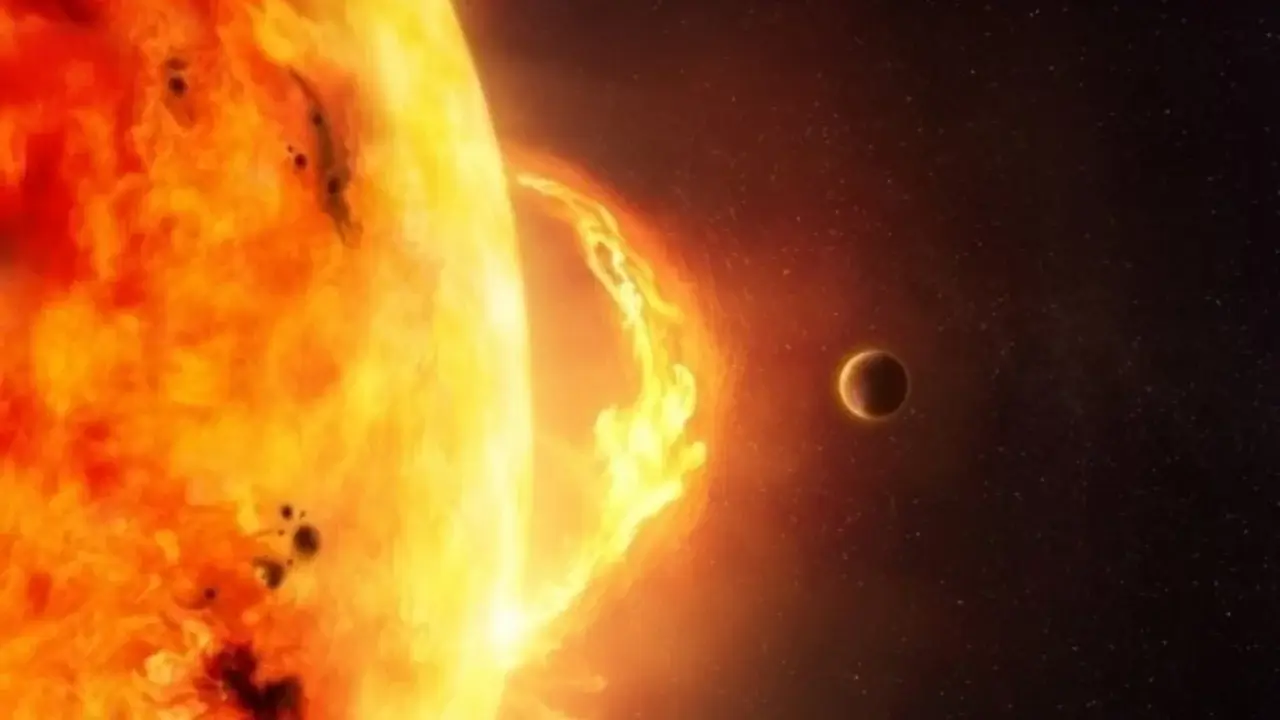
The universe once again amazed the human mind with its mystery and power. On September 28, the largest solar flare in the past three months occurred on the surface of the Sun. This was reported by the Solar Astronomy Laboratory of the Institute of Space Research.
According to scientists, at 13:43 Tashkent time, a powerful impulsive flare of class M6.4 erupted on the eastern edge of the Sun. This event turned out to be stronger than all the activities observed since June 19 and was recorded as a sharp energy burst after more than three months of relative calm.
The flare was associated with the increase in activity observed earlier. In particular, starting from the evening of September 26, the number of solar flares began to rise. On September 27, 19 flares were recorded within just 24 hours. In the final phase, scientists concluded that activity was decreasing and the Sun’s energy reserves were running low. However, the new powerful flare recorded on September 28 disproved these assumptions.
Experts still have differing views on the possible impact of the event on Earth. The laboratory noted that during the flare, a large amount of plasma was ejected into space. However, their initial speed was insufficient to overcome the Sun’s gravitational pull. Therefore, the ejected masses will not escape into interplanetary space and may return to the Sun’s surface after a short time. For this reason, scientists point to the likelihood of a “plasma rain” at the Sun’s sunset.
Astronomers emphasize that such phenomena can have some effect both on the overall energy balance of the universe and on space weather around the Earth. So far, no negative consequences have been recorded on Earth, but monitoring continues.
Thus, the latest large flare on the Sun once again reminded humanity of how powerful and beyond control cosmic processes truly are.
Read “Zamin” on Telegram!Users of Меҳмон are not allowed to comment this publication.





















